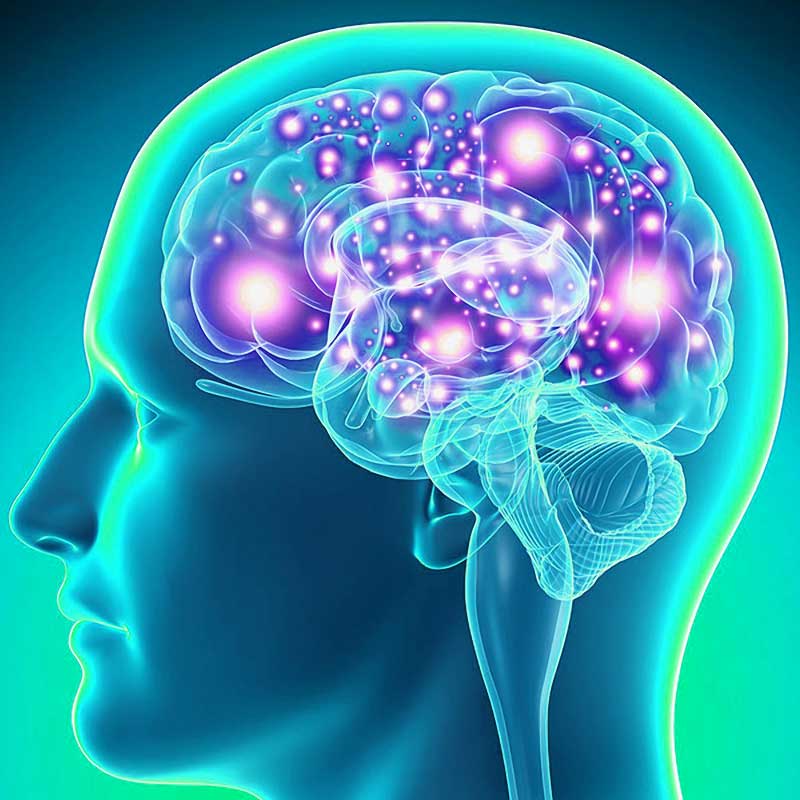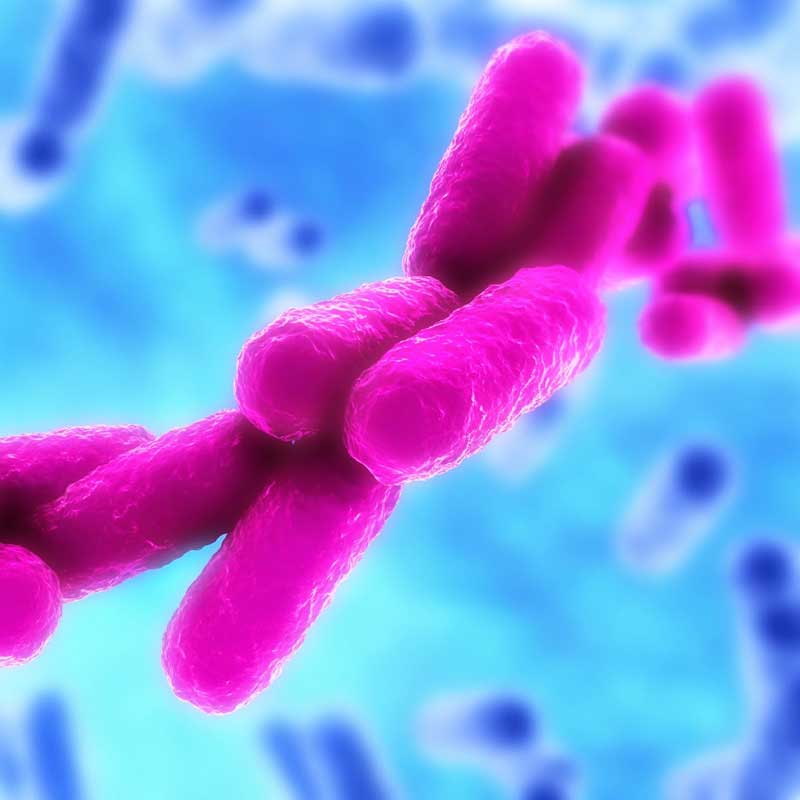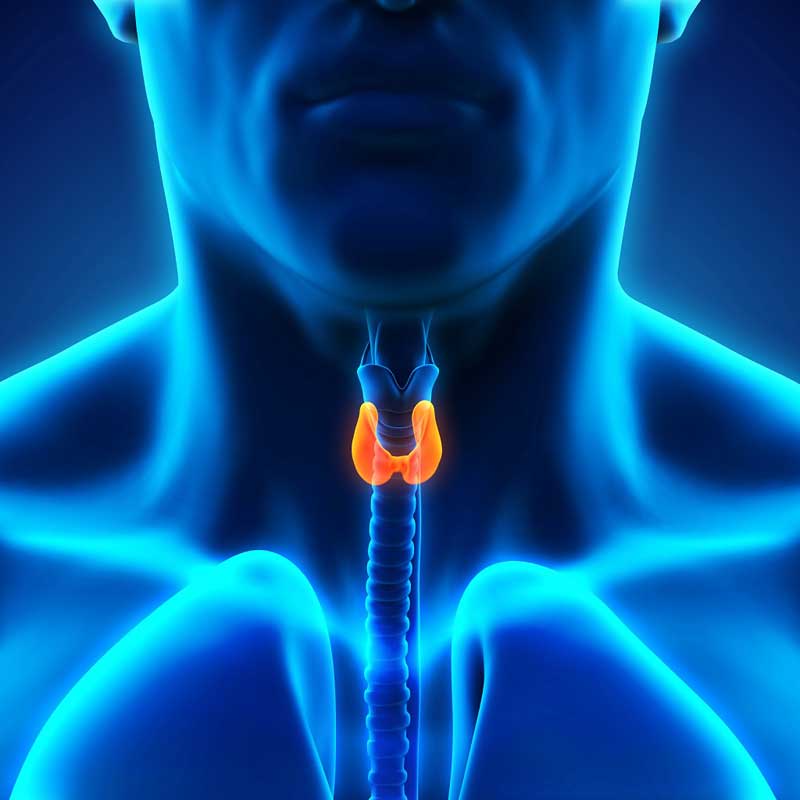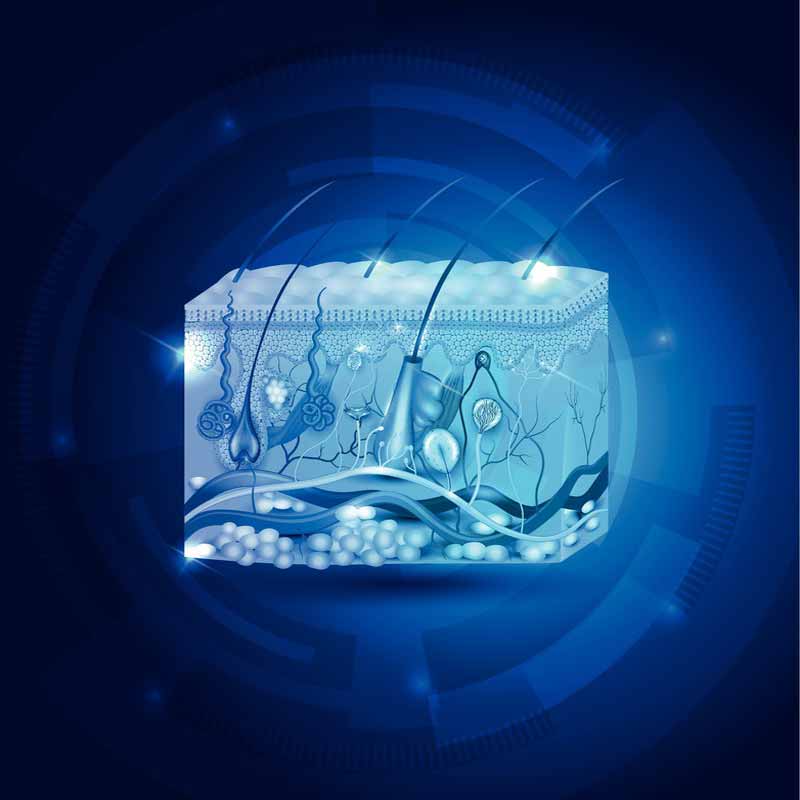Follow Along with the NCCPA™ PANCE and PANRE Psychiatry Content Blueprint
- 34 NCCPA™ PANCE and PANRE Psychiatry Content Blueprint Lessons
- 75-Question Content Blueprint Psychiatry Exam
- Psychiatry and Behavioral Science With Joe Gilboy PA-C (Video Lecture)
- 129 Content Blueprint Psychiatry Pearls Flashcards covering every topic in the Blueprint
- 10 Psychiatry Pearls High Yield Summary Tables
- Picmonic™ integrated Blueprint Lessons
- ReelDx integrated video content (available to paid subscribers)





